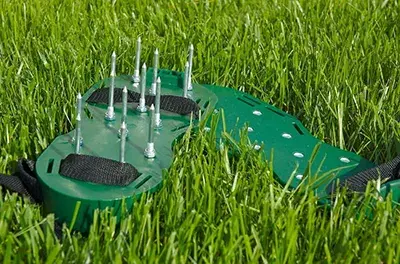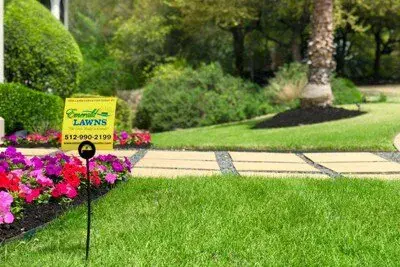
Texas Lawns & What You Need to Know
Grasses & Weeds
Common Grass Types
St. Augustine
St. Augustine grass is a warm-season lawn grass that is popular for use in tropical and subtropical regions. It is a low to medium maintenance grass that forms a thick, carpet-like lawn, crowding out most weeds and other grasses. While it is very popular in Texas, it can be prone to drought stress in the hot summer months without proper watering. Common St. Augustine issues are brown patch fungus, leafspot fungus, chinch bugs, and grub worms.
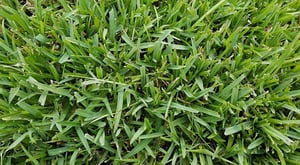
Bermuda
Bermuda grass is native to warm temperate to tropical regions such as the Sunbelt area of the United States. Bermuda grasses are valued for their drought tolerance compared to most other lawn grasses. Common Bermuda grass problems include grubworms, Bermuda mites, leaf spot disease, and occasional fungi. If your lawn is 80% in the sun or higher, then Bermuda grass is the grass for you. It loves the sun.
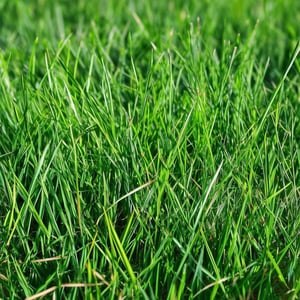
Zoysia
Zoysia can tolerate wide variations of temperature, sunlight, and water; these grasses are among the most widely used for lawns in temperate climates. They are used on golf courses to create fairways and teeing areas. Zoysia is excellent at repelling weeds throughout the year. Zoysia is a slow-growing grass, so recovery from damage takes a while and that is why preventative measures are best used with Zoysia grass.
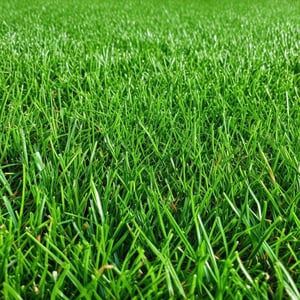
Buffalo
Buffalo is a difficult grass to work with. It’s often touted as being more drought tolerant than other grasses, but Bermuda grass is just as drought tolerant and not nearly so problematic. You can’t treat weeds with buffalo grass. We don’t recommend that you plant this type of turf in your yard.
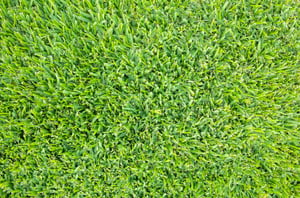
Weed Facts
Understand your lawn's worst enemies—uncover the facts about Texas weeds and take the first step to a healthier, greener yard.
Common Weeds
Weeds are plants that grow really well without a lot of care where we don’t want them. Weed control is our response.
- Live oaks
- Texas mountain laurels
- Yaupon hollies
- Crape myrtles or vitex trees can adapt to Texas’ environmental conditions
Grassy Weeds
Emerald Lawns is a trusted lawn care service provider in Central Texas. Since 2006, we have helped homes maintain their yards' health through various tried-and-tested strategies, including our effective pest control solutions.
- Live oaks
- Texas mountain laurels
- Yaupon hollies
- Crape myrtles or vitex trees can adapt to Texas’ environmental conditions
.jpg?width=600&height=450&name=crabgrass%20(1).jpg)
Crabgrass
- This annual weed pops up in the spring and lasts throughout the summer.
- In its lifetime, one crabgrass plant can produce 150,000 seeds
- Heat and drought tolerant
- Drops seeds in late summer and fall
- Best weed control defense – growing thick turf and our 2x pre-emergent
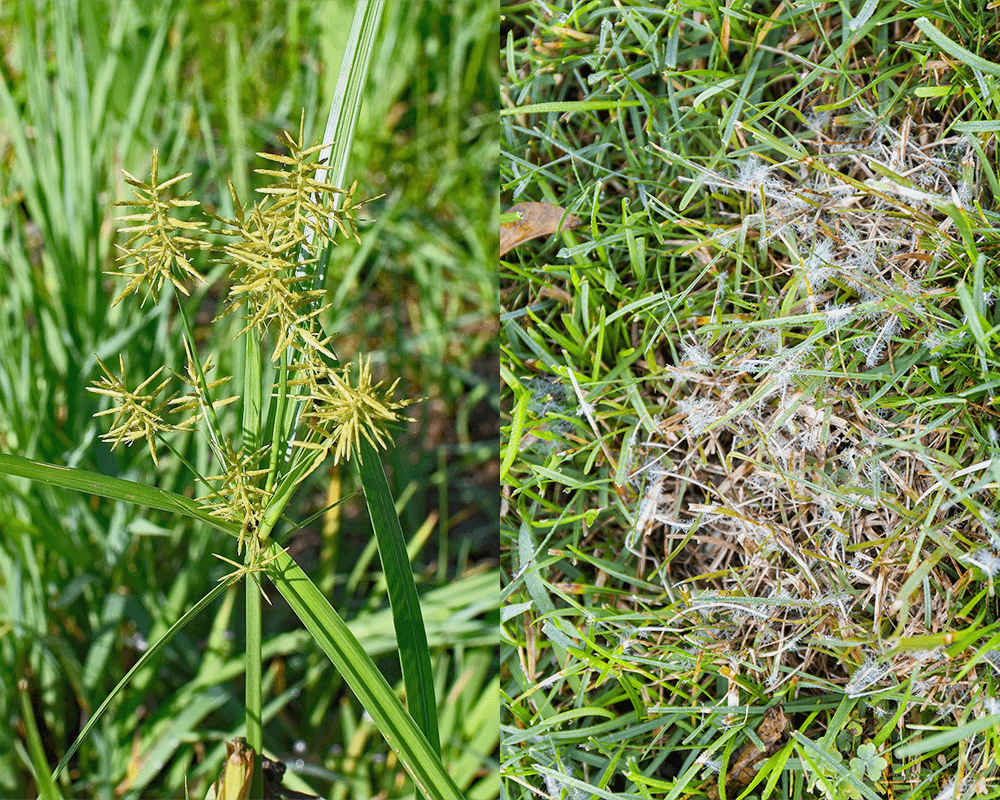
Nutsedge
- A perennial that grows in bunches
- Hard to treat
- Tricky to pull, as it seeds itself when pulled form the ground causing 3 or more to pop up in its place
- Likes moist areas

Dallisgrass
- The most difficult of these 4 weeds to control
- Multiple weed control herbicide applications over a 2-year period are required
- Double whammy; spreads by thick rhizomes (underground stems) and seeds
- It loves nitrogen and grows twice as fast as regular turf grasses
- Spreads all over thanks to lawnmowers or pets
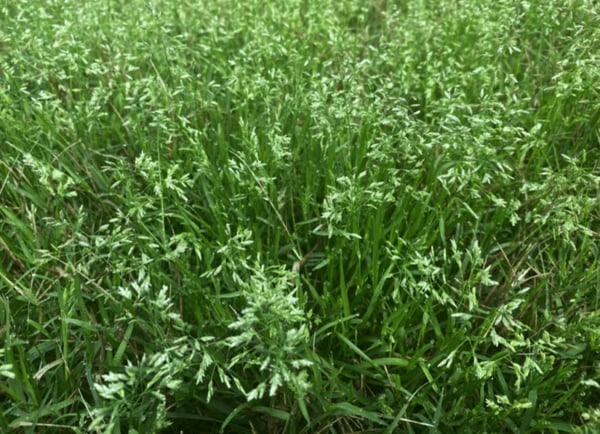
Poa Annua
- Most common weed we see in Central Texas
- Seeds itself almost non-stop
- Pervasive – one plant can put over 1,000 seeds across your lawn
- Spreads all over thanks to lawnmowers and pets
Broadleaf Weeds
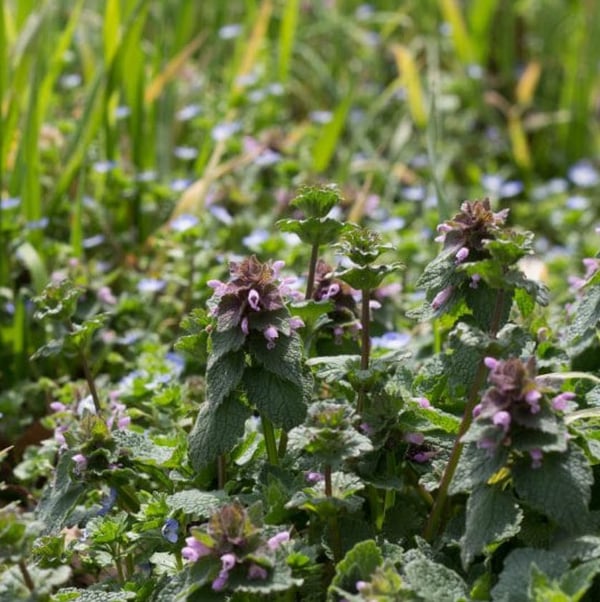
Henbit
- Blooms in early spring
- Grows VERY fast – can easily take over large areas if left unchecked
- Each stem drops 200 seeds & they remain viable in the soil for 5 years
- September-October – weed control application of pre-emergent is critical
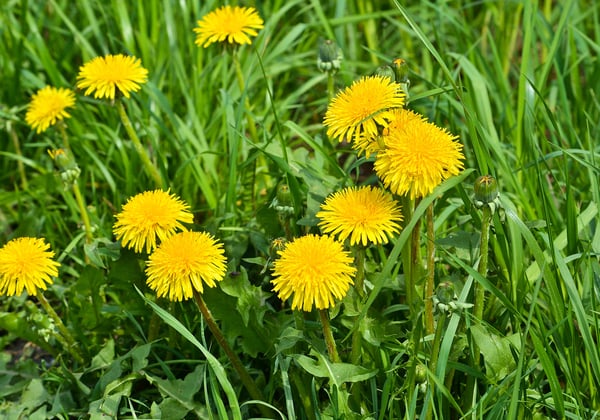
Dandelion
- A short-lived perennial weed
- Will grow anywhere, regardless of soil conditions
- Has a deep tap root – survives drought
- Is more nutritious than broccoli and spinach
- One dandelion produces 15,000 seeds and germinates in the same year.
- Fall & Spring weed control applications of pre-emergent is critical
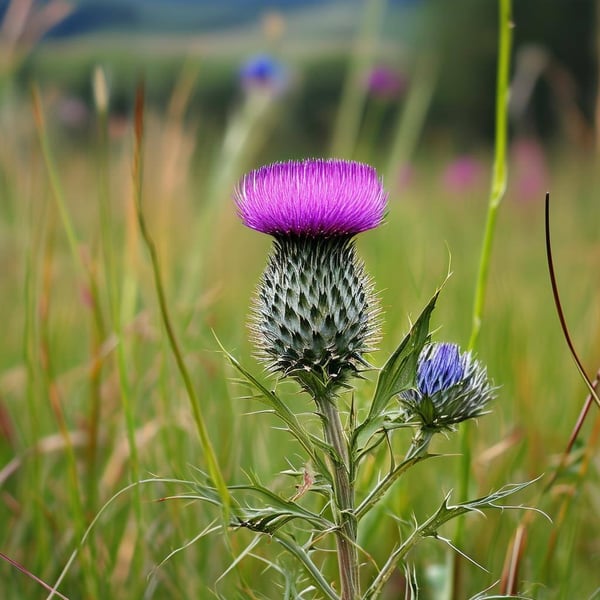
Thistle
- An obnoxious devil
- Grows FAST & TALL
- It’s persistent. Seeds survive in soil an average of 16 years.
- One thistle can produce over 6,000 seeds
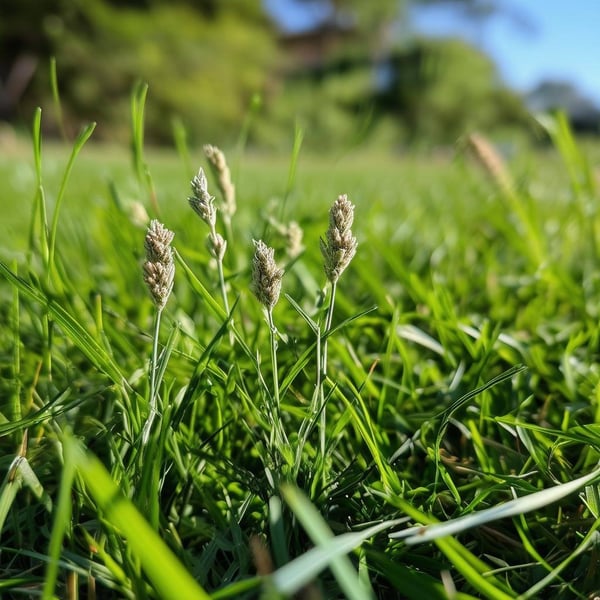
Spurs
- A winter annual weed
- Once the herbicide weed control has been applied, it takes time for the chemical to react and for the dead spur-weed to decompose (this is why it’s better to treat them in the fall)
- In early spring has a period of rapid growth
- Germinates in early fall and remains small and inconspicuous during winter
- Dead or alive, their spiny burs are still present
- September-October – weed control application of pre-emergent is critical
Why are grassy weeds hard to control?
- They are also grass
- It's a year-round problem
- The most difficult type
Being monocots (true grasses) special care must be taken so as not to harm the grasses you desire!
- Annual weeds germinate from seeds, grow, flower, and produce more seeds, and die in about 12 months.
- These are a year-round problem. There are winter and spring annual grassy weeds.
- Perennials live more than 2 years in the soil and reproduce from parts such as tubers, bulbs, rhizomes (underground stems), or stolons (above ground stems), though some also produce seeds.
Perennial weeds are the most difficult weeds to control because of their great reproductive potential and persistence throughout Central Texas.
How to Treat
- Pre-emergent weed control
- Spot-treat every round
- Avoid "blanket spraying"
- This lasts for up to 6 months, while weed & feed from big-box stores only lasts 60 days.
- For Bermuda Lawns, September-October weed control application is critical.
- With St. Augustine Lawns – we have a special formula we apply only in September-October and even then, we avoid blanket weed applications to avoid root damage.
- Unlike most store-bought weed control, our application is effective on a broad spectrum of weeds.
- Our weed control treatment prunes the weeds’ roots on new aggressive spring weeds without impacting the turf’s roots.
- We have different weed control treatments depending on your grass type and the temperature outside.
- We deploy surfactant to help the spray stick to weeds so they can’t reject, shed, or repel the mixture.
- Our team uses two secret weed control “sauces”. One mimics a nutrient-carrying chemical to the weed’s tap root and the other is a pH reducer that helps the chemical be absorbed faster.
- Spot Treatments are rain-fast within 6 hours, with visible results in 3-5 days, and weed control within 14 days rather than 28 days for non-commercial products.
We avoid “blanket spraying” because typically your lawn does not need it and it’s bad for the environment.
Common Texas Lawn Diseases and Fungi
Common Types
Helminth or Helminthosporium Disease
- Bermuda grass damage peaks in hot, humid, and wet conditions in early fall and spring, especially with prolonged cloud cover.
- The fungus thrives in thatch, which traps moisture and prevents it from reaching the roots.
- Heat, moisture, and thatch create the perfect environment for fungal growth.
- Early symptoms include small brown or black spots on leaves or sheaths.
- As lesions expand, they can cause entire leaves or plants to die.
- Shaded areas with poor air circulation weaken turf and extend moisture retention, promoting fungal development.
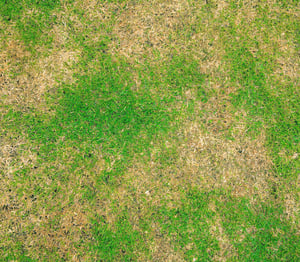
Brown Patch
- Fall’s mild days and cool nights create ideal conditions for brown patch.
- Most common in fall but can also appear in spring.
- Primarily affects St. Augustine grass but can impact Bermuda and Zoysia.
- Early detection is crucial, but symptoms often go unnoticed without regular checks.
- Most visible from late October to November.
- Over-watered lawns are highly susceptible.
- Damage can delay spring recovery.
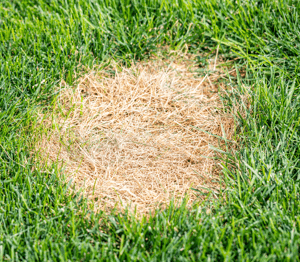
Leaf Spot
- Leaf Spot is commonly seen in late spring to early summer in lawns that have excessive moisture.
- Leaf Spot may progress to sheath (the stem of the blade) and crown (near the top of the blade) rotting.
- “Melting out” is when the blade leaves have circular to elongated purple or brown spots, with straw-colored centers. If not treated it will die.
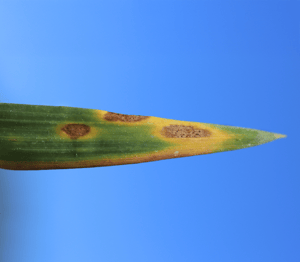
Take-All-Patch
- Also known as Take-All Root Rot.
- Early symptoms include yellowing foliage that turns brown and wilts.
- Found in both diseased-looking and healthy-looking turfgrass.
- Spreads mainly through roots and stolons rather than mowers or foot traffic.
- More likely to spread through infected grass, thatch, or soil movement.
- Symptoms often appear in spring or early summer as grass exits dormancy.
- Causes brown, irregular patches ranging from 1 to 20+ feet in diameter.
- St. Augustine grass damage from chinch bugs is often mistaken for a fungal infection.
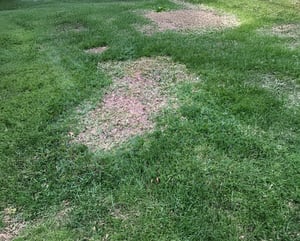
Causes
Humid conditions
Mild days (70° to 90° F)
Cool nights
Lawns that have been stressed
How to Treat
- Spot treat
- Fungicide
- Patches in the lawn
- Tan leaf spots (looks like a burnt cigarette) with dark-brown border on grass blades near the soil's surface
- Chinch bug infestations since the damage they cause can resemble lawn disease


.png?width=1142&height=1350&name=Holiday%20Decor%202025%20LP%20-%20548x648%20%20(1).png)
